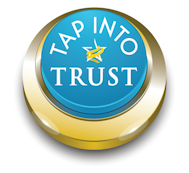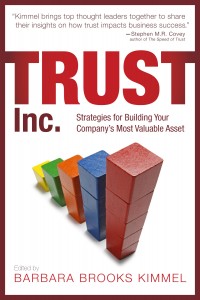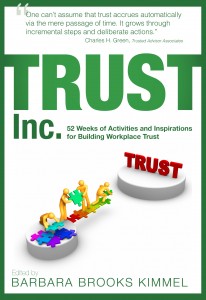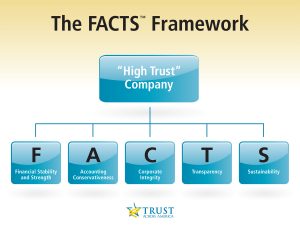Having studied trust for over ten years, one thing has become crystal clear. When people trust you (or your brand), their confidence in you (and your products) will increase, and they will be more inclined to do business with you.
Salesforce Research (2018) surveyed over 6,700 consumers and business buyers globally to better understand the modern customer mindset. What do these new norms mean for companies that are vying for their business and their trust? Much of this experience is rooted in trust: 95% of customers say that if they trust a company, they’re more likely to be loyal patrons.
LinkedIn claims to have more than 500 million users in 200 countries, and it can be a very powerful marketing tool, IF it is used properly. The following are ten tips to build trust on LinkedIn:
- Begin with a clearly defined “principle based” LinkedIn marketing strategy, making the focus your targeted customer base, not you.
- Communicate authentically. Your beliefs and principles must align with your actions.
- Become the “go to” person in your area of expertise by publishing well-written original thought leadership pieces rather than an announcement of your next speaking engagement.
- Every post should focus on solving customer (or potential customer) problems.
- Share relevant, high quality content, even if it is from a competitor. Shine a spotlight on thought leadership written and posted by employees.
- Remain humble. Don’t get caught in the insincere “honored” and “humbled” trap to promote your upcoming gig or your most recent award.
- Before your next post answer this question: “Who cares (other than you and your mother)?”
- Engage your audience by asking them for input and feedback.
- In this age of rapidly evolving social “activism” pick your photo captions carefully. For example, does your photo show a room full of men with no female presence? Does it just show you?
- You are the company you keep. Make sure the posts you are “liking” reflect positively on your brand. (And instead of simply “liking” a post, leave a thoughtful comment.)
Having been an active LinkedIn member for many years, the balance may be shifting away from thought leadership towards a new (and free) form of billboard advertising. If this perception is accurate, LinkedIn will surely (and quickly) lose its value as a marketing tool.
In summary, if the focus is simply “You,” maybe it’s time to rethink your LinkedIn marketing strategy. Start by making “trust building” your core focus.
What other suggestions do you have for building trust on LinkedIn? Leave your comments.
Barbara Brooks Kimmel is an award-winning communications executive and the CEO and Cofounder of Trust Across America-Trust Around the World whose mission is to help organizations build trust. A former consultant to McKinsey and many Fortune 500 CEOs and their firms, Barbara also runs the world’s largest global Trust Alliance, and is the editor of the award-winning TRUST INC. book series and TRUST! Magazine. In 2012 she was named one of “25 Women who are Changing the World” by Good Business International, and in 2017 she became a Fellow of the Governance & Accountability Institute. Barbara holds a BA in International Affairs and an MBA. Don’t forget to TAP into Trust! For more information contact barbara@trustacrossamerica.com







Recent Comments